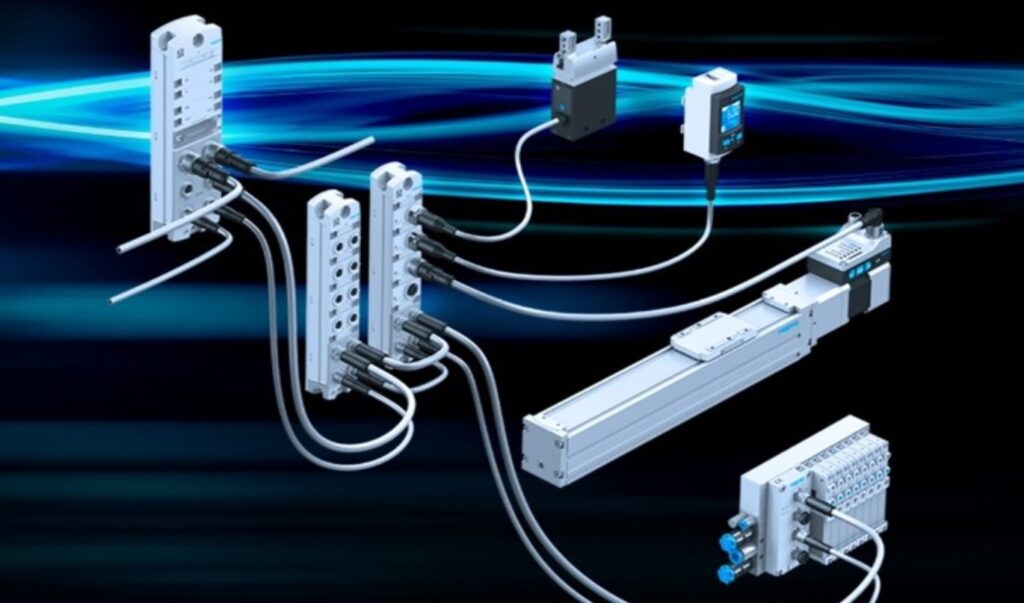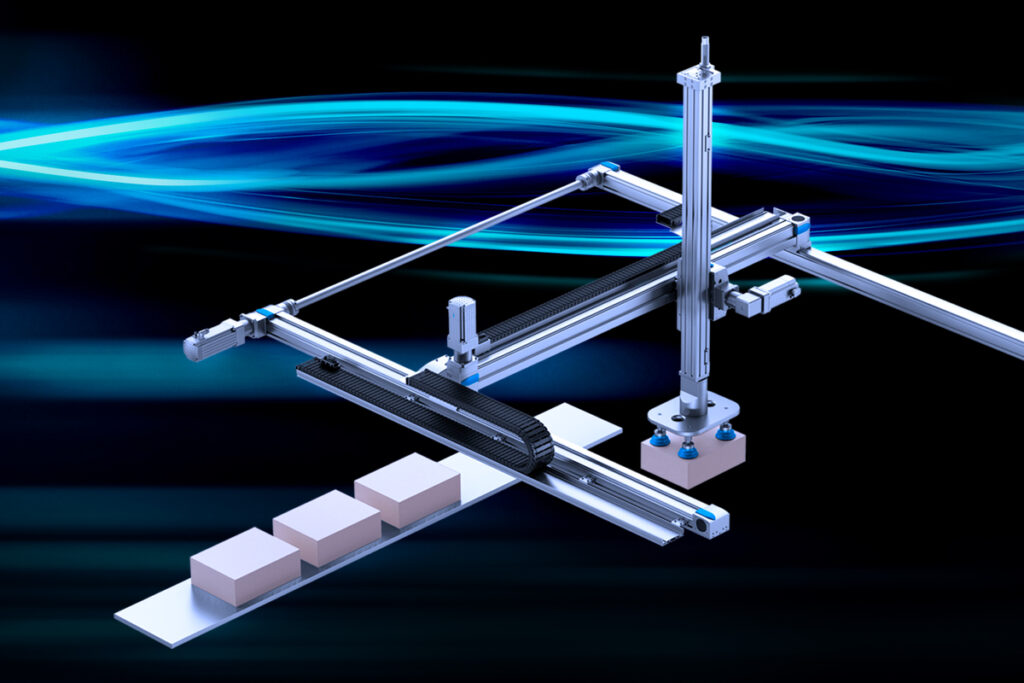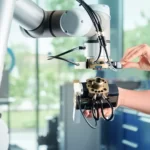ASIA ELECTRONICS INDUSTRYYOUR WINDOW TO SMART MANUFACTURING
Festo Reinforces Automation With New Platforms
Recently, Festo has introduced its latest distributed I/O solution, the CPX-AP-A. Accordingly, this latest solution, along with its established CPX-AP-I decentralized I/O, Festo now offers a full range of electric and pneumatic automation solutions.
Presently, Festo’s offerings stand on solid ground in North America. Particularly, in terms of performance, flexibility, cost savings, and engineering productivity. At the
Festo shows CPX-AP-A plus the company’s extensive lines of integrated electric and pneumatic motion solutions at Pack Expo, from September 11-13, at the Las Vegas Convention Center.
“The Festo AP backplane communications platform provides a central communication and data transfer I/O interface. It is a combination of everything that we’ve learned over the past 25 years of creating electric and pneumatic linear automation solutions,” said Tim Sharkey, Director of Electric Automation, Festo North America.
In addition, Sharkey said, “AP stands for Automation Platform and this backplane-based remote I/O system has been in development for a decade.”
On the other hand, Troy Manley, Sales Director Food and Packaging, Festo North America, added, “In an era that demands increased machine flexibility, adaptability, and capacity, Festo has taken decades of mechanical motion experience and applied it to the new AP Automation Platform, developing a flexible, low cost, easy-to-commission integrated platform of electric and pneumatic solutions.”

Provides Wider Possibilities
CPX-AP-A distributed I/O has modules attached within a terminal. CPX-AP-I is Festo’s decentralized I/O where modules connect via cable at distances of up to 50 meters (164 feet) between modules. AP modules, whether on-terminal or individual, carry IP65/67 rating and can be in cabinets, in clusters around the cell, individually placed, or separated at great distances.
Meanwhile, AP provides the utmost topology flexibility. It gives machine builders the freedom to optimize the machine or cell by adding I/O where they need it, and in ways that will best boost performance and diagnostics capabilities. Hence, the AP ecosystem makes it efficient for end-user customers to add functionality as needs arise.
All components such as PLCs, valves, motors, drives, and I/O appear to the programmer to be incorporated within one smart terminal under a single IP address. Moreover, this remains true whether the attachment is through on terminal or via cable.

Furthermore, having the entire distributed and decentralized I/O topology under a single IP address significantly reduces hardware and installation costs while lowering system complexity. Since many PLCs come with a limited number of IP addresses, the Festo solution means more capabilities are possible per PLC. The AP platform easily integrates electric and pneumatic automation directly into the higher-level control architectures – architectures from all major control suppliers.
Electric Motion Solutions Featured
At Pack Expo, Festo also showcases its Simplified Motion Series (SMS) of integrated servo drives and linear and rotary actuators. SMS represents an engineering and price/performance breakthrough that combines the simplicity of pneumatics with the benefits of electric automation. SMS uses a range of proven actuators and integrates them with an onboard servo drive.
Meanwhile, users commission two-position functionality via onboard push buttons with no additional software needed. When controlled with IO-Link, which is a standard feature of SMS axes, positioning along the axis length is infinitely variable.
Festo multi-axis solutions shown at Pack Expo include a portfolio of rotary and linear single axes, multi-axis design tools, and cable management. All the axes are designed to integrate for quick assembly while expanding the range of multi-axis motion.
Festo features the new CMMT MP family of multi-protocol servo drives. In addition, every drive in this family is configurable as EtherNet/IP, EtherCAT, PROFINET, and Modbus TCP.
Moreover, using this single-family multi-protocol strategy, machine builders supporting multiple communications protocols can reduce servo-drive inventories. A unified drive family improves engineering productivity through familiarity with a single platform, simplifies tech support, and gains a robust supply chain for competitively priced servo drives.




